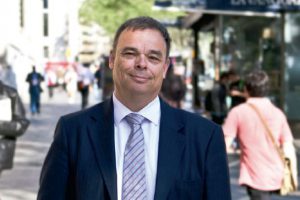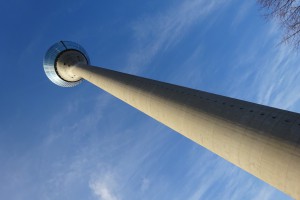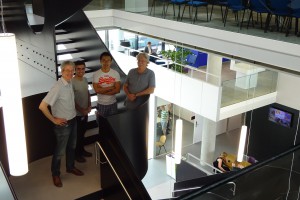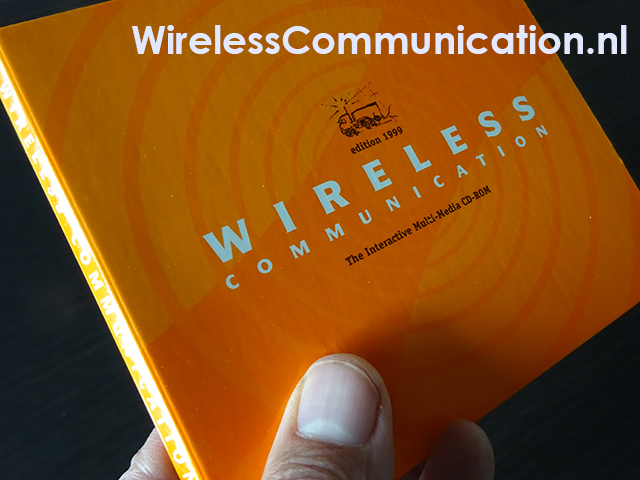Project Context
Eindhoven University of Technology (TU/e) is an internationally renowned technical university located in the vibrant technological heart of the Netherlands with high tech companies such as Philips, ASML, NXP and DAF Trucks. The TU/e has an excellent reputation in collaboration with industry proven among other things by the fact that it is the number one university in the world with respect to joint scientific publications with industrial partners.
The TU/e Intelligent Lighting Institute (ILI) was established in 2010 to investigate novel intelligent lighting so-lutions that will become within our reach by the large-scale introduction of LED technology, with a special emphasis on how these new solutions might affect people. It is a collaboration between several departments of the TU/e and industrial partners. ILI has a long-term strategic cooperation with Philips Research Eindhoven. The vacant PhD position is part of a program of 70 PhD students supported by joint funding from the TU/e and Philips, of which 20 PhD students work on Lighting-related topics. These students, together with re-searchers from the TU/e and Philips, form a strong research community working together on scientific and industrial challenges.
The Signal Processing Systems group in the Faculty of Electrical Engineering is internationally recognized for with advanced techniques for signal- and data analysis, SPS has a strong connection to industrial partners which allowes to the group to position its research on the forefront of relevant societal challenges such as improved medical applications and energy-saving yet comfortable control lighting. Its outlook on relevant topics not only contributed to 8 start-up ventures, but also sharpened and focussed its internationally re-warded scientific ambition. The reputation, for instance by 7 awarded Fellow Grade Memberships of IEEE, AES, and OSA in signal processing, is unmatched by any other group in the Netherlands, and only by few oth-er groups in the world.
In the project the candidate will be positioned at Philips Research at the High Tech Campus in Eindhoven. As a global leader in illumination, looking for opportunities to make their lighting products more human centric. Philips Research works closely with global academic and industrial partners to meet people’s needs. By com-bining innovative forces a greater number of innovations are more effective and find a faster way to the market.
Topic
Light plays an important role in our lives. Appropriate light settings appear effective to improve our experi-ence in public spaces, in the office, at home, etc. The LED as a light source is reaching technological maturity. This paves the way for a next wave of innovation, in how we experience light and how we can dynamically adapt our environment to improve our wellbeing. LEDs allow a finer granularity of lighting control. Not only the intensity but also other parameters such as color temperature can be set and adapted during the day. Thereby LEDs can enable improvements to health and wellbeing. However, in practice it turns out to be very difficult to capture these benefits.
Project
The lighting infrastructure provides opportunities to support a wide range of applications and services, includ-ing building management and support of the work flows that are used by the organization in the building. Big data is seen as a next revolution in the digital age. This project aims at the use of data from practical installa-tions, the extraction of useful features from sensor measurements, and the analysis of these features in re-lation to relevant building performance indicators. These can include user comfort preferences, wellbeing or efficiency and effectiveness criteria that are relevant to the facility manager.
The project will use data from a fully connected lighting system from which data is gathered in every luminaire in the ceiling. In this project, we approach the problem as much as possible as a characterization and parameter estimation problem wherever adequate models exist (exploiting prior insights and quantified model in a white box approach), and exploit these in model-based data analytics and machine learning methods. We are interested comparing the merits of analysis of Building data for instance by searching for (non-) linear relations, activity estimation by Hidden Markov Chains, preference elicitation algorithms, machine learning, and Context Tree Weighting.
Job qualifications
Candidates should:
• have a strong MSc in Electrical Engineering, Mathematics, Statistics, Computer Science, Physics, or a related discipline
• have a strong interest in data science and signal processing or control systems research
• be highly motivated, be rigorous and disciplined when developing algorithms and software according to high quality standards
• be a fast learner, autonomous and creative, show dedication and be hard working
• possess good communication capabilities and be an efficient team worker
• be fluent in English, both spoken and written
PhD students are expected to:
• perform scientific research in the domain described
• collaborate with other researchers in this project
• present results at (international) conferences
• publish results in scientific journals
• participate in activities of the group and department, at both sites
• assist in teaching undergraduate/graduate courses
• participate in EIT doctoral training on entrepreneurship and related topics
• be willing to work at two locations (TU/e campus and Philips High Tech Campus)
Appointment and salary
PhD students will be officially appointed at the Faculty of Electrical Engineering. Prof. J.P. Linnartz will act as prime PhD supervisor. The project runs in cooperation with the Faculty of Mathematics and Computer Sci-ences and with Philips Research.
We offer:
• a full-time temporary appointment for a period of 4 years, with an intermediate evaluation after 9 months
• a gross salary of € 2,083 per month in the first year increasing up to € 2,664 per month in the fourth year
• a holiday allowance of 8% and an end-of-year bonus of 8.3% (annually)
• assistance in finding accommodation (for foreign employees)
• the opportunity to perform research in a large-scale joint project from a leading technical university and a leading high-tech company
• support for your personal development and career planning including participation in the EIT doctoral training, courses, summer schools, conference visits, research visits to other institutes (both aca-demic and industrial), etc.
• a broad package of fringe benefits (including excellent technical infrastructure, child day care, savings schemes and excellent sport facilities).





